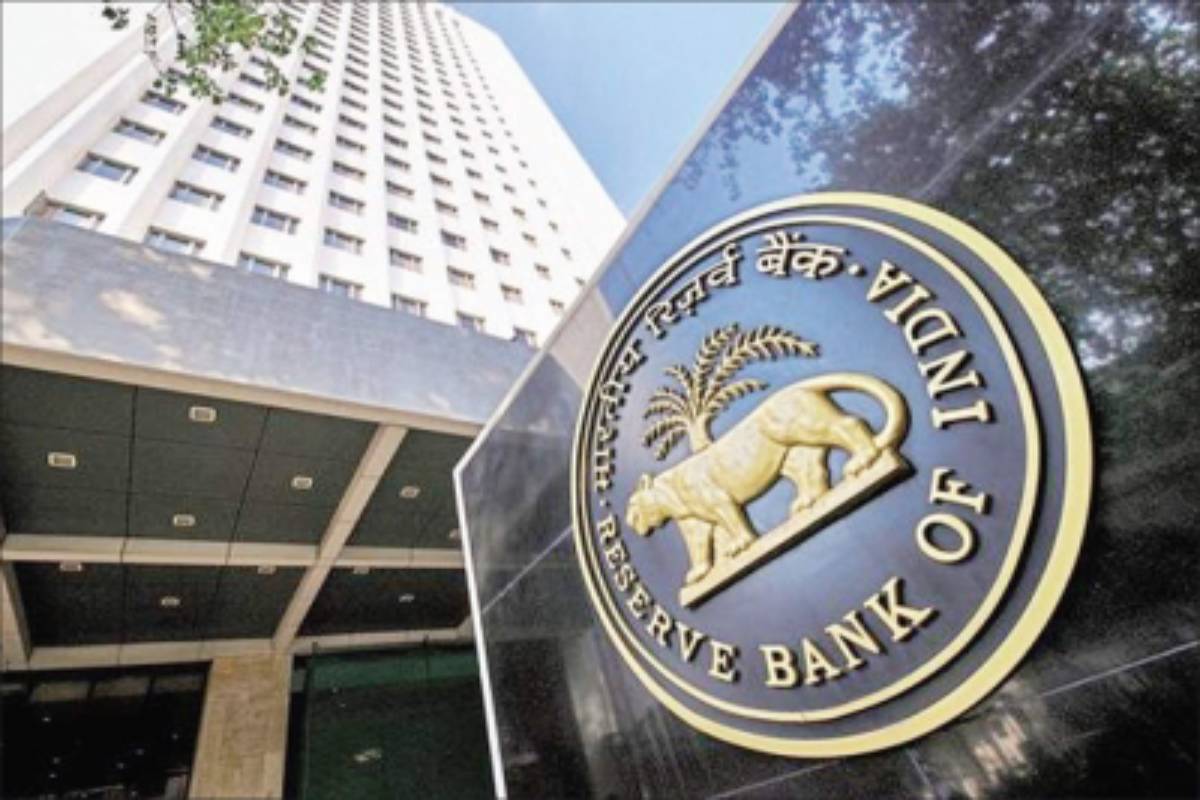As the global economy continues to navigate uncertain waters, India finds itself at a crucial juncture, with its central bank steering the ship through turbulent seas. The decision to keep the key interest rate unchanged reflects a delicate balance between fostering robust growth and taming inflationary pressures.
In the face of persistent inflationary concerns, the Reserve Bank of India (RBI) has held steadfast, emphasising the importance of maintaining price stability while ensuring a conducive environment for economic expansion. RBI Governor Shaktikanta Das’s analogy of inflation as an “elephant in the room” encapsulates the gravity of the challenge at hand. Yet, amidst this metaphorical presence, there are signs of cautious optimism. The Indian economy, resilient and dynamic, has weathered storms before, and the current trajectory suggests continued momentum. With growth prospects remaining robust, the RBI has opted to keep a vigilant eye on inflation.
Advertisement
This approach underscores the central bank’s commitment to anchoring expectations, thereby providing a stable macroeconomic environment conducive to sustained growth. However, the path forward is not without its hurdles. Volatility in food prices remains a persistent concern, posing a potential threat to price stability. While core inflation has exhibited a welcome decline, the spectre of unpredictable food price movements looms large, necessitating a nuanced policy response. Looking ahead, the RBI’s forward guidance hints at potential monetary easing later in 2024, signalling a calibrated approach towards supporting economic recovery.
Such measures, if implemented judiciously, could provide the necessary stimulus to bolster consumption and investment, thereby fostering a virtuous cycle of growth. Yet, the central bank’s mandate extends beyond monetary policy alone. As the custodian of financial stability, the RBI is tasked with fortifying India’s defences against external shocks. The decision to bolster forex reserves to record highs underscores a proactive strategy aimed at mitigating vulnerabilities in the face of global uncertainties. Indeed, India’s economic resilience hinges not only on domestic policies but also on its ability to navigate the complexities of an interconnected global landscape. As climate shocks and geopolitical tensions loom large, building strong buffers becomes imperative to shield the economy from external headwinds.
In essence, the RBI’s recent policy stance reflects a delicate balancing act, where growth imperatives are tempered by the need for price stability and financial resilience. As India charts its course in the midst of a rapidly evolving economic landscape, the central bank’s steady hand and forward-looking approach provide a beacon of stability amidst uncertainty. Ultimately, the journey towards sustained prosperity requires navigating choppy waters with prudence and foresight. In doing so, India’s central bank must strike a delicate balance, ensuring that the ship of economic progress sails steady, guided by the twin beacons of stability and growth.









